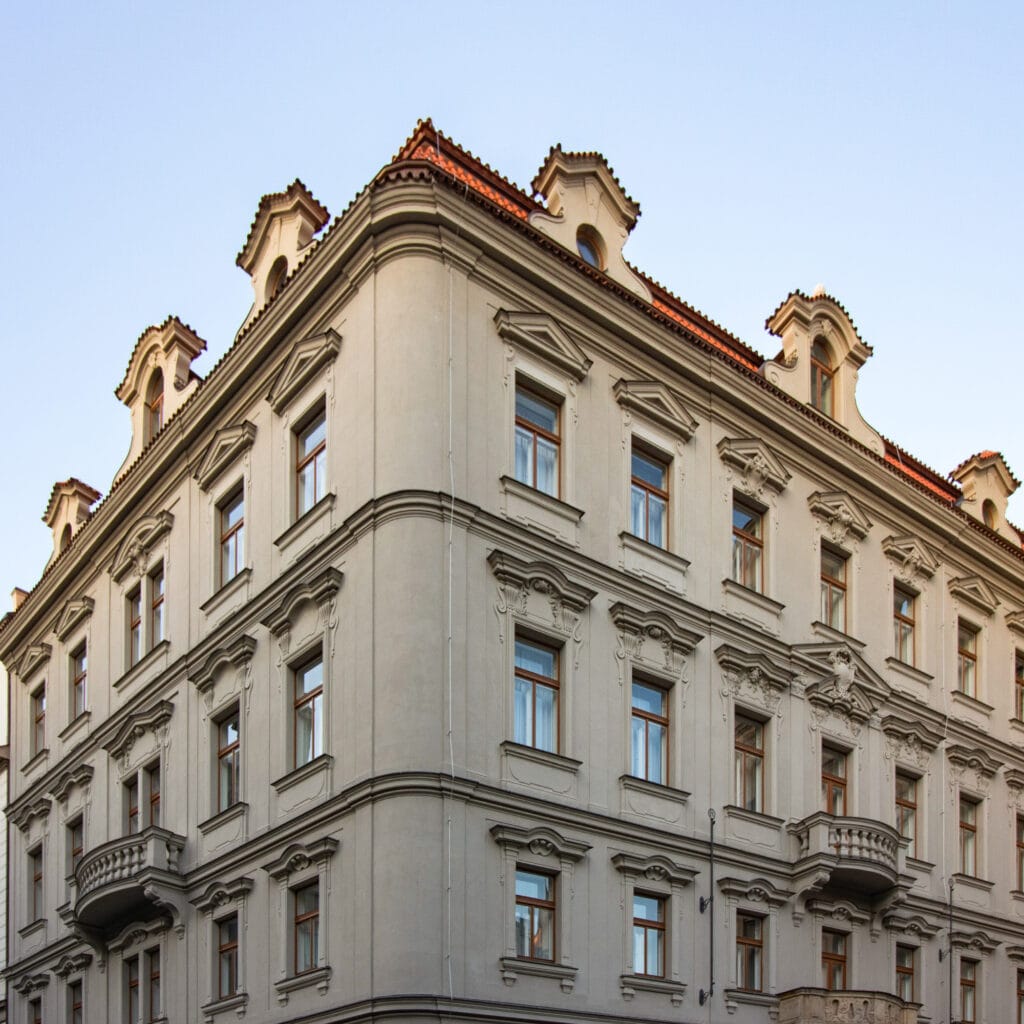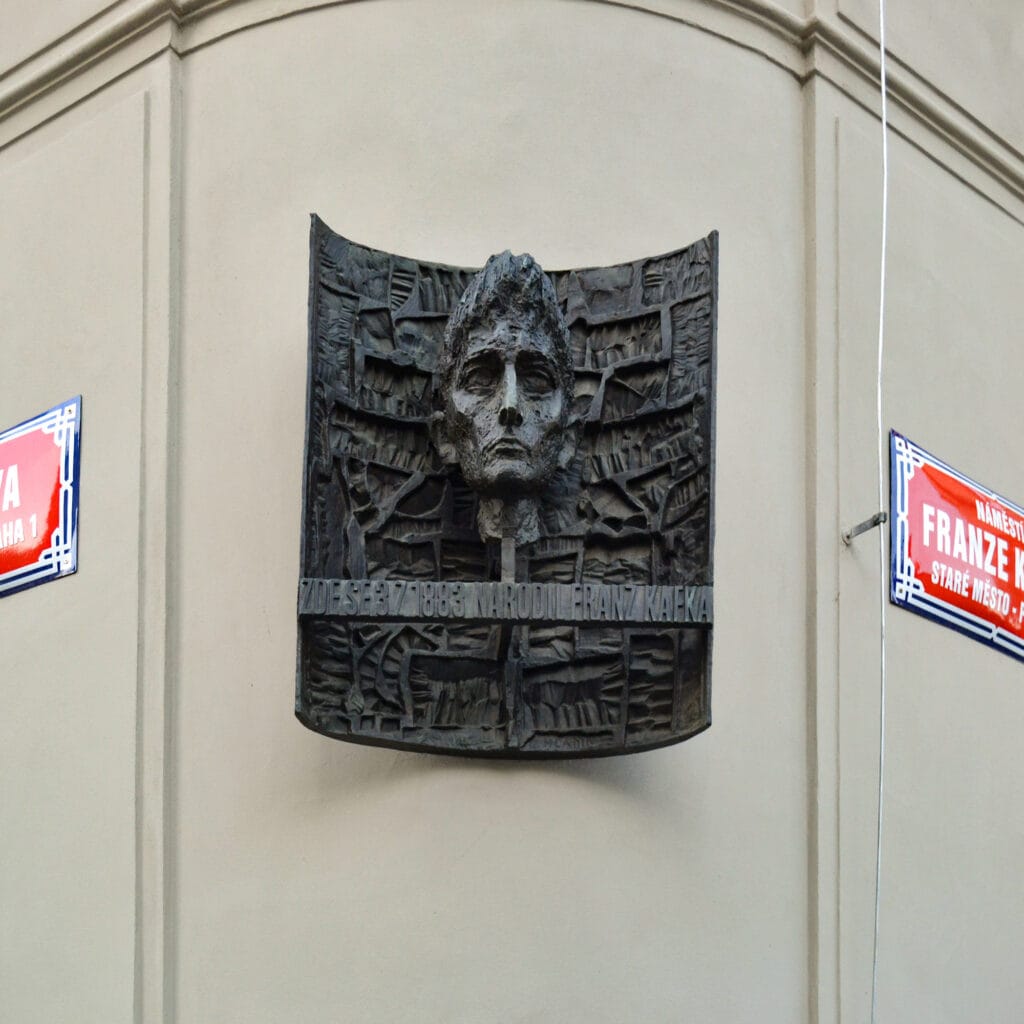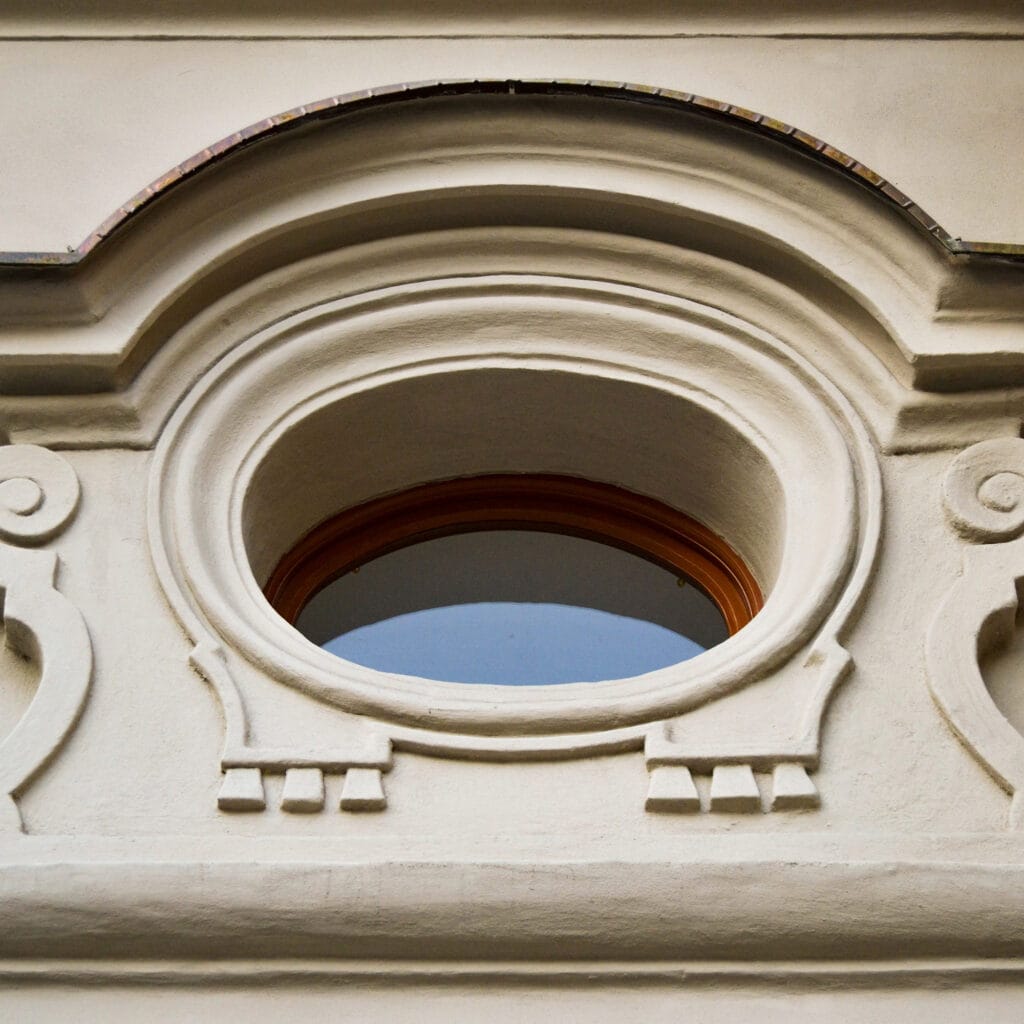The House of Franz Kafka
Architect: František Maxmilián Kaňka, Václav Pařízek
Year of completion: první polovina 18. století (původní budova)
The history of Franz Kafka’s birthplace began in the mid-18th century when a new building was constructed after the demolition of older structures, according to the plans of the Baroque architect František Maxmilián Kaňka. Originally, the house was intended to serve as a convent for monks from the neighboring Benedictine monastery, which oversaw the nearby Church of St. Nicholas. However, after the dissolution of the monastery by Joseph II, the building was purchased by the city. Franz Kafka was born in this house in 1883 and lived here with his family for two years. At the end of the 19th century, the house was demolished following a devastating fire, and a new building was erected in accordance with the ongoing urban renewal of the Josefov district. Only the stone entrance from the original structure was preserved, which architect Václav Pařízek incorporated into the new Neo-Baroque building. As a tribute to the world-renowned author, a bronze bust by sculptor Karel Hladík was unveiled on the facade of the house in 1965. Franz Kafka was a German-language writer, best known for his works such as the novel The Trial and the novella The Metamorphosis.


The Glass Palace

Cubist triplets

DBK

Baba colony

The Hus Congregation of Vinohrady

Railway Bridge

Světozor Passage

Platýz Passage

Hlávka Bridge



